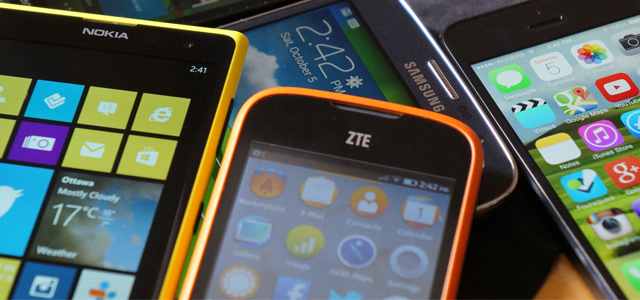I can still remember walking into my college computer lab (do they have those anymore?) when the Windows 95 operating system first came out. Instead of the blue screen and function key commands I was accustomed to while using WordPerfect, Windows 95 was a visual, drag and drop GUI (graphical user interface), first pioneered by Apple, and it represented an enormous shift in personal computing. It made everything easier, more intuitive, more productive, and friendly.
These days operating systems (like Windows and MacOS) are far more advanced and powerful, and they have been joined by mobile operating systems. But rather than marvelling at them, we largely take them for granted. Operating systems are like the sea in which we swim on our computers and phones. They are vitally important, and no app, no matter how wonderful, happens without them. They are the platform on which everything else is built and the glue that holds everything together.
In Networked: The New Social Operating System, Barry Wellman and Lee Rainie write about how digital technologies have created a new social operating system. The way we connect, meet, organize, and work have all been rewired because of the triple revolution of the internet, social media, and mobile digital devices. They write, “societies—like computer systems—have networked structures that provide opportunities and constraints, rules and procedures.”
The Church itself is an operating system for faith.
It is designed to enable people to grow in their faith and live it out in their daily lives. However, the Church’s operating system is really a 20th century invention, created at a different time to address a different set of challenges than we face today. Sometimes it can feel like we are using Windows 95 in an iOS world.
Like my computer, the church needs a 21st century operating system to make things work—not only in the way we do church, but in a way that supports the members, friends, and beyond the church in their faith journeys.
For example, our inherited 20th century operating system was built at a time when it could be safely assumed people that went to church and frequently know what churches were about. Churches focused on programing for members that were in the building. Today, our notions and practices of membership, attendance, and giving are all in flux. People’s lives are much more fluid, mobile, and busy. We have a growing group of people beyond our churches that we want to reach with the love of God.
We need a new operating system of faith to help meet the spiritual needs of the people in our pews and those that may never walk through our church doors. What can we learn from today’s 21st century operating systems?
No Instructions Required
The operating systems are designed to be intuitive enough to start right out of the box. Plug and play. We need to make the church experience much easier, less clunky, more intuitive. If you need the equivalent of an instruction manual, you’ve made the experience too difficult.
Connectivity
One of the biggest trends in operating systems is the ability to sync across platforms from your computer, tablet, and smartphone. Texts, emails, pictures, calendars, music and more are synced across all your devices. A 21st century operating system for faith needs to sync across all parts of people’s lives, from worship on Sunday, face-to-face groups and activities, as well as digital on-the-go connections and resources.
Mobile
Our operating system of faith needs to be mobile and portable, just like our smartphones so people can encounter God wherever they may be. People live their lives through their mobile devices. They can do the same with their faith and Christian community.
Customised
Operating systems are becoming more tailored to each individual person. They come with personal assistants like Siri and Cortana that respond to your voice. The days of churches being “one size fits all” is waning. People are hungry for personalized faith resources and experiences according to their age, time of life, questions, and curiosities.
Digital operating systems can inspire us to design more operating systems for inspiring faith that are more effective, accessible, and meets people where they are.
Finally, my five-year-old laptop recently died. It’s a terrible feeling when a computer dies. I really loved that computer. I wrote two books on it and learned to create slides, edit videos, and podcast on it. The customer service representative on the phone at Apple was like a grief counselor, helping me to let go of something that I had loved and worked great for a long time, but just could not meet all the new demands.
May God give us the grace to honour what has served many people so well for many decades, but to let go of what no longer works and create an operating system of faith that can meet the demands of this new time.
Pastor Keith Anderson employs a wide range of social media to minister online and offline.













